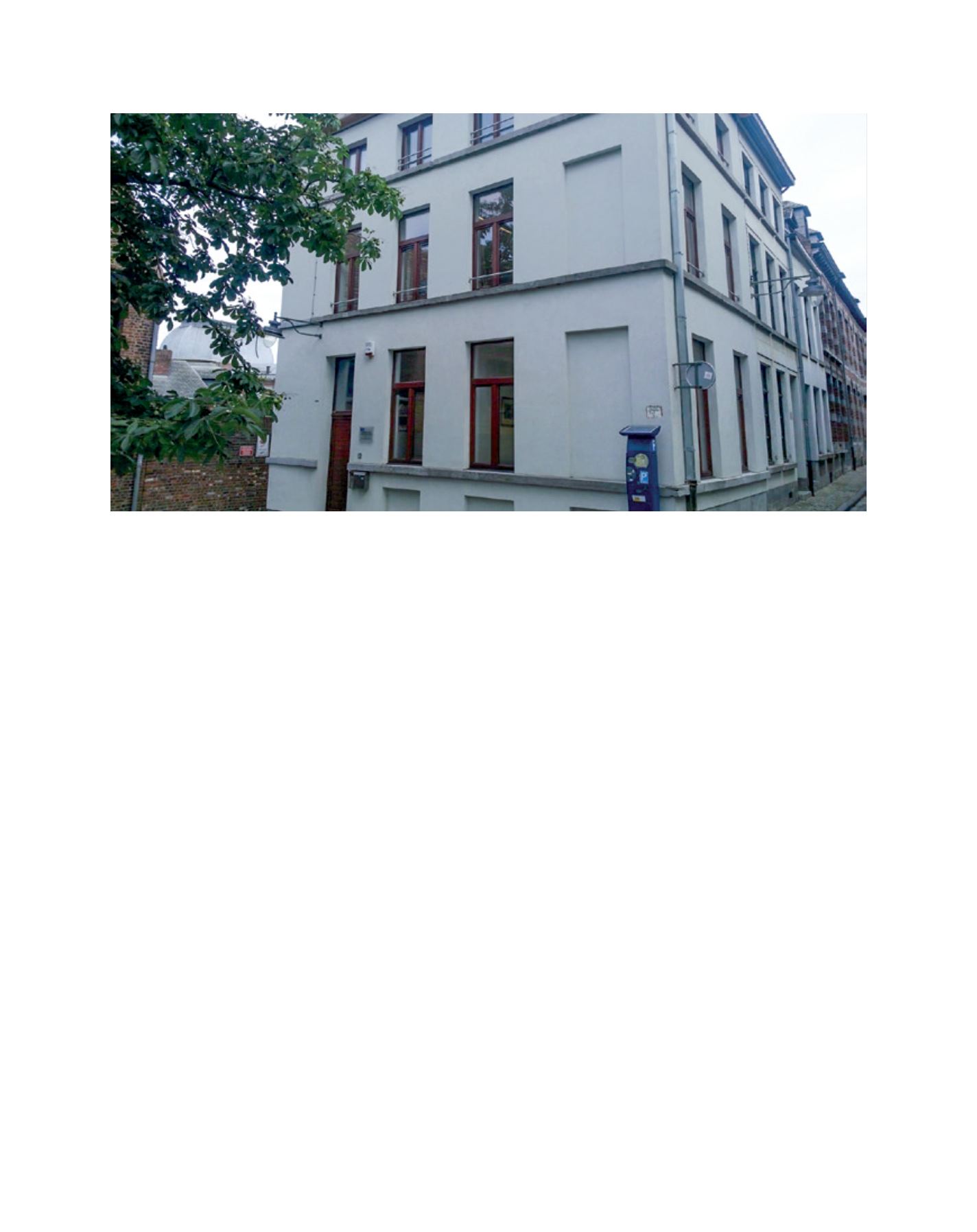

[
] 88
to and watching news programmes or reading newspapers;
preparing a project (such as a life project or holiday project),
presenting it and comparing it with another person’s; and
letter-writing to explain contents and style with regard to the
social level of the correspondents.
Preparation of a school trip and a school exchange are also
undertaken, entailing knowledge of traditions and useful
geopolitical notions such as what to do, what not to do, what
to say, what not to say, and expressions. Assessment is in the
form of a story: for example, what was surprising? What was
good and what was not?
Analytical exercises include the analysis of documents,
which involves searching for signs of ethnocentrism, racism,
exoticism, tolerance and solidarity, the explanation of these
notions and a reflection on the subjects of identity and cultural
differences. Analysis of foreign comics entails cutting out the
speech bubbles rewriting them, showing the class how they
portray ‘the other’ and comparing comics of different origins
in order to reflect on how stereotypes are created. Stylistic
analysis of newspaper articles and reports includes detecting
positive and negative signs, such as aggressive styles in sports
reports or political reports.
In learning arithmetic, pupils are asked to describe basic
operations according to the terms of the mother language
and those of the second language. The objective is to discover
different ways of proceeding and a sense of reality.
Detecting prejudices is done with the aid of definition and
examples, and can involve practicing a speech that might be
preceded or followed by an essay. Critical analysis of clichés,
stereotypes and prejudices is undertaken. Learners also look
at the broadcasting and exploitation of documentaries about
foreign countries; if necessary, an ‘expert’ is the last one to speak
and there is an analysis of eventual interpretation mistakes.
Several colleagues confirm the efficacy of these procedures
in obtaining a better knowledge and comprehension of the
other. For example, in Niger, secondary school teachers
successfully experimented with the translation of myths and
proverbs into djerma language. At the University of Mons,
interculturality was discussed by comparing different versions
of myths and fairy tales (for example, ‘Little Red Riding
Hood’). On the other hand, the teaching of negotiation tech-
niques or argumentation, thanks to simulated ‘round-table
conferences’ in multicultural classes, revealed unsuspected
aspects of the way tolerance is applied in different societies.
The colleagues said that you can get the best and the worst of
both worlds with languages, but they can become a means of
mediation and intercultural integration.
Bilingualism as presented here, as an absolute priority for
children, is functional to the extent that by avoiding a possible
disturbance of the child’s social, emotional, intellectual andmoral
development, it ensures a peaceful complementarity between the
languages concerned and the reinstated mother tongue, favour-
ing the second language, now recognized as necessary.
In conclusion, multicultural societies can – and must – live
together as convivially as other ones. To defend the cultural
rights of a community does not mean pushing it into isola-
tion, but promoting the idea that keeping a cultural identity
safe is allowing it to live, evolve and recreate itself thanks to
its cohabitation with other societies. Cultural togetherness is
the way to go from a multicultural to an intercultural society.
To know a different culture means not only learning to think
differently, but also developing otherness in oneself, develop-
ing a path to the other.
And finally, it is a way of encouraging everyone to see things
differently because cultural dialogue equals mutual enrich-
ment. It is the very nature of living well together.
Image: CIPA
The CIPA headquarters in Mons, Belgium; established in 1965, the centre has developed to focus on cooperation and the defence of peace
A
gree
to
D
iffer

















